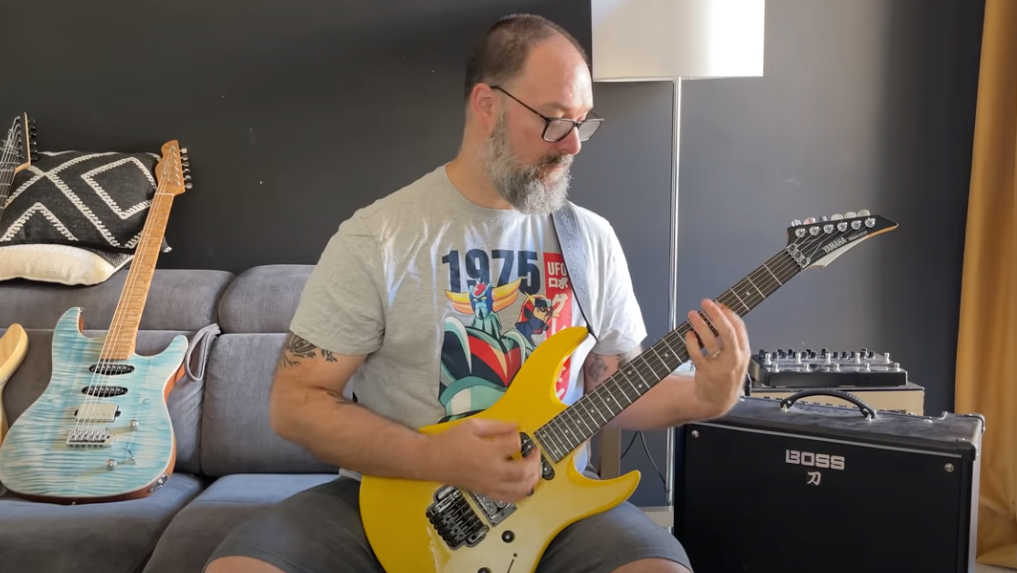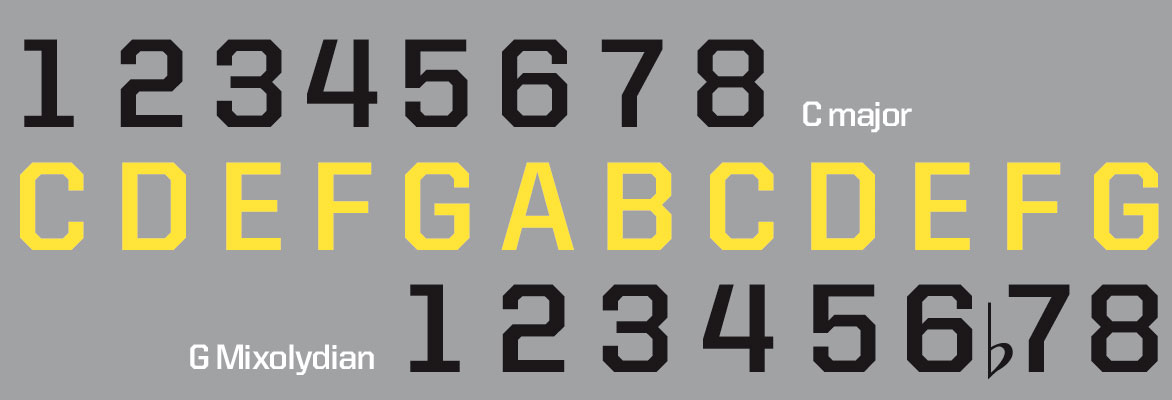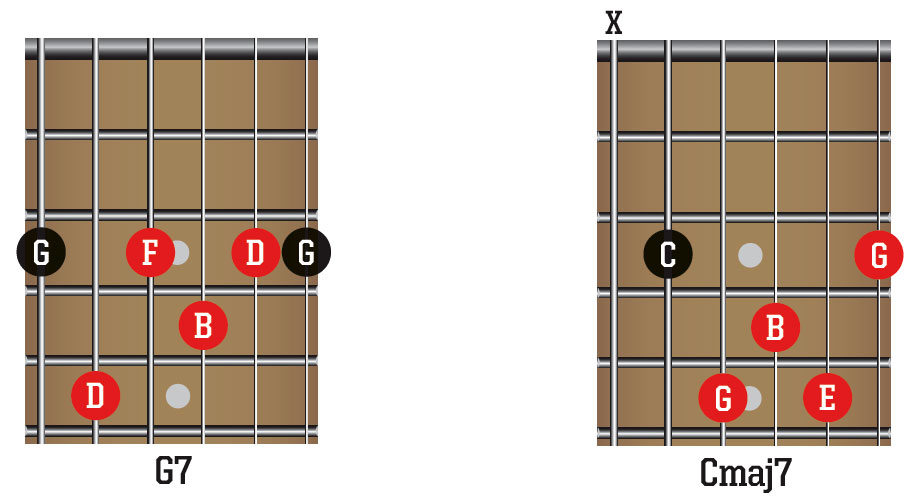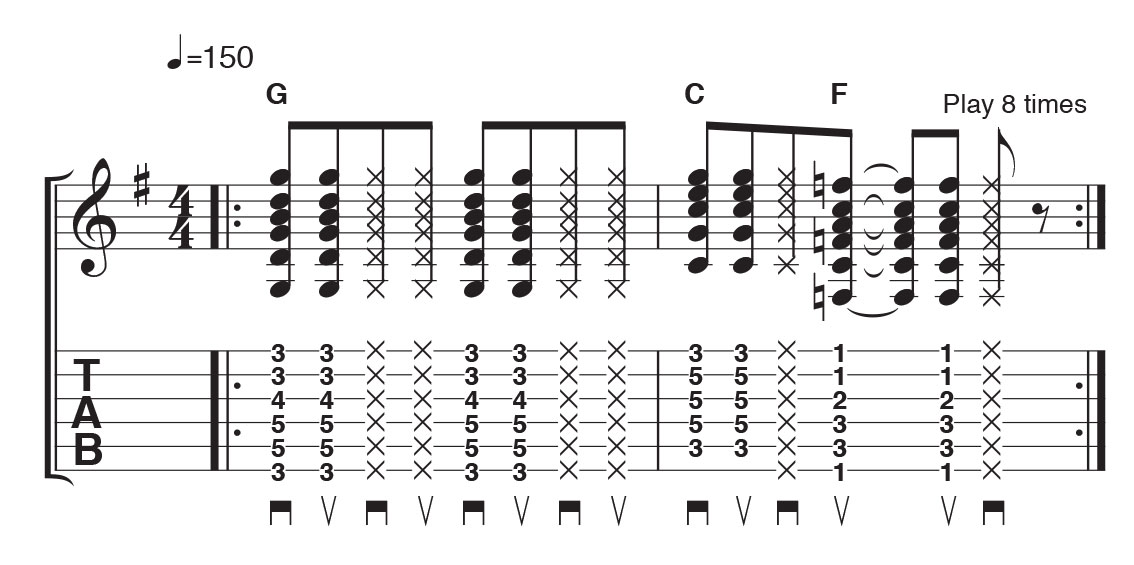
Rob Chapman has put his metaphorical teaching hat on in a new video teaching the Mixolydian mode – namely how to use it to your advantage for soloing.
It comes as a response to requests from viewers for a follow-up to his Lydian lesson and he's finally had a chance here to deliver it with a Mixolydian lick to practice and get started with and a scale shape to get to grips with (that kind of contradicts the 'no scales needed' claim in the title but hey, they're not a dirty word).
It's the most exciting thing that I can give you
Rob knows what he's talking about here. "I taught guitar professionally for ten years and I helped loads of people get all their diatonic modes under their belt; be able to improvise with them, construct [and] write with them," he says. "It's the most exciting thing that I can give you. I'm really excited for you to take knowledge away and have something to actually practice rather than playing things that you know you can play and it's fun, then after an hour you go and get a beer. Which is fine but you want to be able to practice something."
So watch a learn. It's always great to see players willing to give their time to elevate others with video lessons and this is no exception. And if you want some extra material to explore the Mixolydian mode, we can help too.

The Mixolydian mode is exactly the same as the major scale - but it begins on the fifth note. As an example, the C major (C D E F G A B) scale gives you G Mixolydian (G A B C D E F). And, though the notes are identical, reordering them means the gap (aka interval) between the root and the seventh note is different. Want to hear a famous example? Sweet Home Alabama is a riff and chord progression in the D Mixolydian.
Try playing the C major and then the G Mixolydian scales in the piece below; they use the same notes but the only difference is the G is the root note in the G Mixolydian.
Your choice of chords in the Mixolydian scale is important too. The root chord in the Mixolydian mode is the dominant 7th (G7 if in G Mixolydian). This is because the notes that make up the chord come from the mode: G7 (G B D F) takes its notes from G Mixolydian (G A B C D E F). If in C major (C D E F G A B) your root chord would be Cmaj7 (C E G B). The different 7th intervals make it happen.
Want all the hottest music and gear news, reviews, deals, features and more, direct to your inbox? Sign up here.
We're getting punky with the chord riff below using G, C and F chords. But it doesn’t matter that we’re playing G and not G7. All the notes of G Mixolydian are used and you can hear that G is the root chord.
Ok, now it's time to try some lead. But just like our rhythm part, all the notes of G Mixolydian are used here. What makes this a Mixolydian line and not one of the other modes of C major is simply that we’re treating G as our root. The music feels somehow complete (aka ‘resolved’) when you reach the final G note of our lick and the backing music lands on the G chord shortly afterwards.

Rob is the Reviews Editor for GuitarWorld.com and MusicRadar guitars, so spends most of his waking hours (and beyond) thinking about and trying the latest gear while making sure our reviews team is giving you thorough and honest tests of it. He's worked for guitar mags and sites as a writer and editor for nearly 20 years but still winces at the thought of restringing anything with a Floyd Rose.



